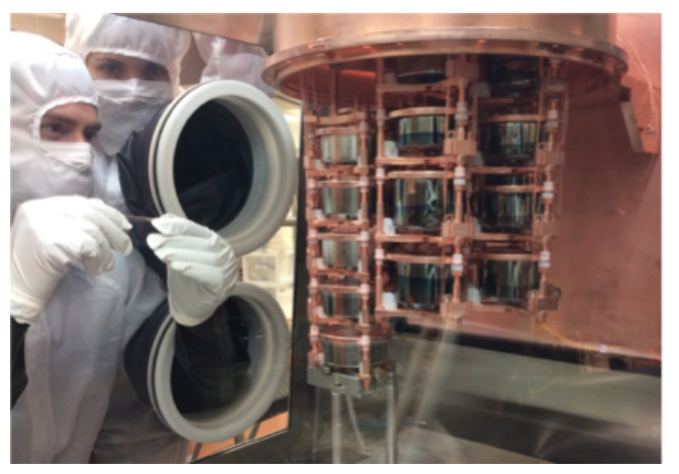
Commissioning of the second module of detectors in the MAJORANA DEMONSTRATOR (MJD) has begun. In May 2016, the second and final full module containing 29 germanium detectors was turned on for commissioning. After testing, it will be installed in an ultra-clean shield made from lead and copper. The MAJORANA experiment is located 4850 feet underground in the Sanford Underground Research Facility in Lead, SD. It will search for neutrinoless double beta decay in 76Ge. If observed, this decay will prove that the neutrino and the antineutrino are identical particles and that lepton number is not a conserved quantity. It will also provide hints as to how the Big Bang produced more matter than it did antimatter. To search for this decay, MAJORANA uses detectors made from germanium enriched in 76Ge. This second module contains 14 detectors that have been enriched in 76Ge, with a total enriched mass of 12.8 kg. An additional 15 detectors are composed of natural Ge with a total of 9.4 kg. The 29 detectors are arranged in seven strings, and are handled in nitrogen-purged glove-boxes to avoid exposure to radon in the air. A module contains a cryostat with the detectors, a thermosyphon to cool the detectors, supporting liquid nitrogen system, electronics, pumping systems and part of the lead and copper shield. The MJD project has a goal of demonstrating that an extremely low background can be achieved - equivalent to less than 3 counts from background per ton of Ge per year of operation in the energy region where a double beta decay signal would be. Such a low background is required to demonstrate the feasibility of a larger, more sensitive experiment to be proposed in the future.

